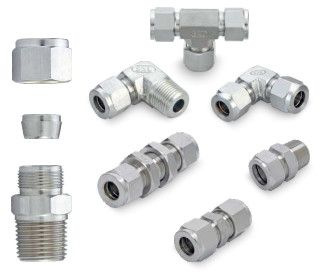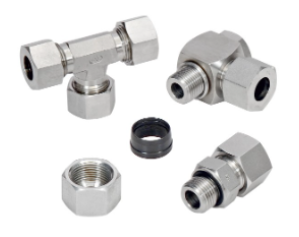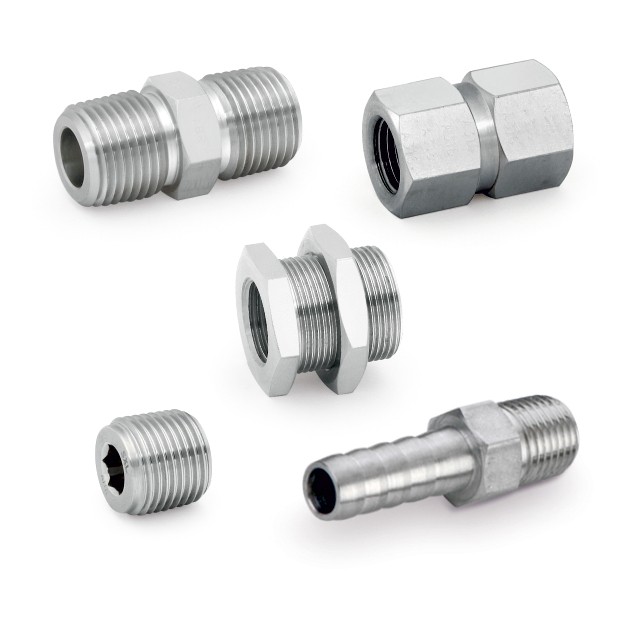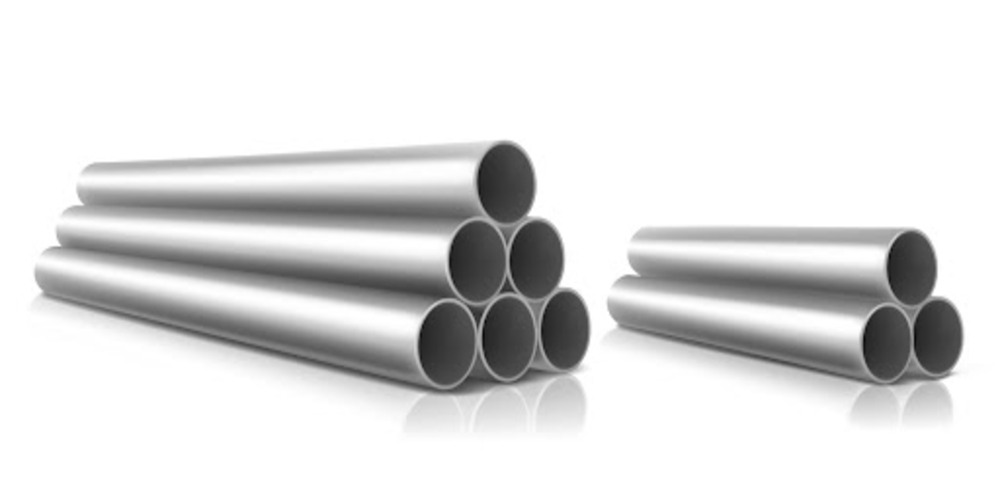
Common Mistakes to Avoid When Using Stainless Steel Pipe Fittings
February 5, 2023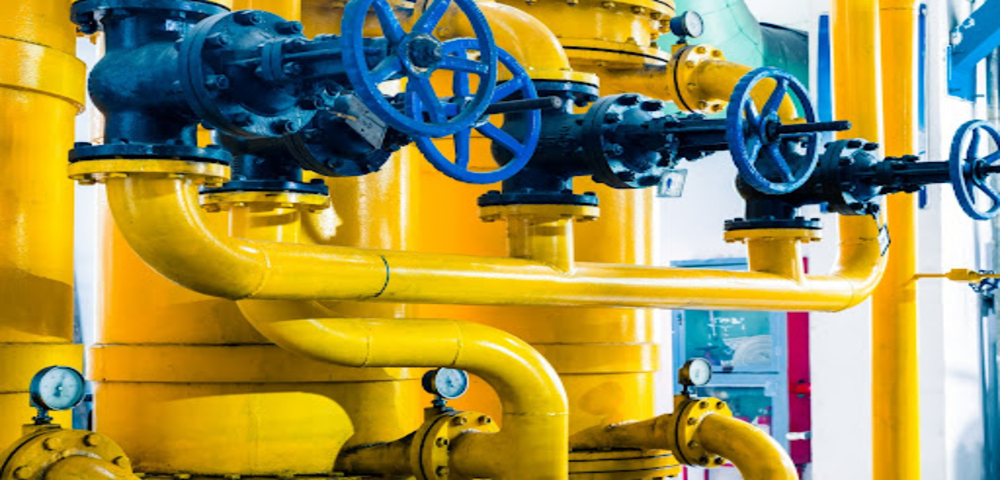
Understanding Check Valve Maintenance and Lifecycle
February 5, 2023Pneumatic fittings are required in all kinds of pressurized gas systems for linking together different sections of tubes, hoses, and pipes. The pneumatic air pipe fittings normally have tighter seals, and they are also subjected to lesser pressure than hydraulic fittings. They are found quite a lot in logic control systems and pneumatic instrumentation. Apart from that you would also find them in moving parts such as cylinders. These fittings may be the minutest aspect of the overall design of a pneumatic system, but they are possibly the most crucial of all these elements. These fittings, along with their pipes, tubes, and hoses, connect all the important components.
Working environment
This is the first factor that you must look into when you are purchasing pneumatic air pipe fittings. The fittings should be designed in such a way that they allow the required gas or air to flow freely without any chance that the pressure drops significantly. You have to make sure that the hoses and pipes are configured as simply as possible. This would make sure that you do not lose any energy while the air is passing through the system. Always employ straight runs wherever you can do so.
PSI spec or air pressure
Pneumatic air pipe fittings are rated quite a lot for certain ranges of operational pressure. This is done based on the specifications of the equipment in question and the purpose for which it has been designed. This pressure range is usually expressed in PSI or pound per square inch. This is the one at which the pneumatic system would normally be running when it is performing optimally. If you do not maintain the right operating pressure, it could lead the entire system to fail. That would mean that the components could likely leak, lose their pressurized seals, or break.
Approvals
While using pneumatic air pipe fittings in some cases you may have to install a fitting that conforms to a safety or industry standard. For example, BCAS or British Compressed Air Society has a guideline for the best practices that could be followed in this context. It provides you with useful guidance regarding compressed air equipment for the food and beverage industry and covers the selection, maintenance, and installation of the same. In these environments, there is a rather strict requirement for air purity. There, you may not be allowed to use compressors that employ oil-based lubricants.
Fitting material
When you are thinking of getting the right pneumatic air pipe fittings you must get this particular factor correct as well. Always analyze the various materials that are used in these cases to find out the various physical properties and gas compatibility that they have. Also, look at how they are reacting to various phenomena such as changes in temperature. The five most prominent options that you have in this context are aluminum, brass, stainless steel, plastic, and composites. Aluminum fittings are used commonly in applications with low density and pressure requirements where the low tensile strength of the material would not pose any problem.
Conclusion
It would be a mistake to assume that the list of factors that you need to look into for buying the most appropriate pneumatic air pipe fittings ends here. Apart from what we have said already you must also look at the type of tube being used and the type of thread. In terms of the type of tubing, the most important factor is the size of the same. The thing with thread size is that it is governed by standards such as NPT or National Pipe Thread and BSP or British Standard Pipe.


